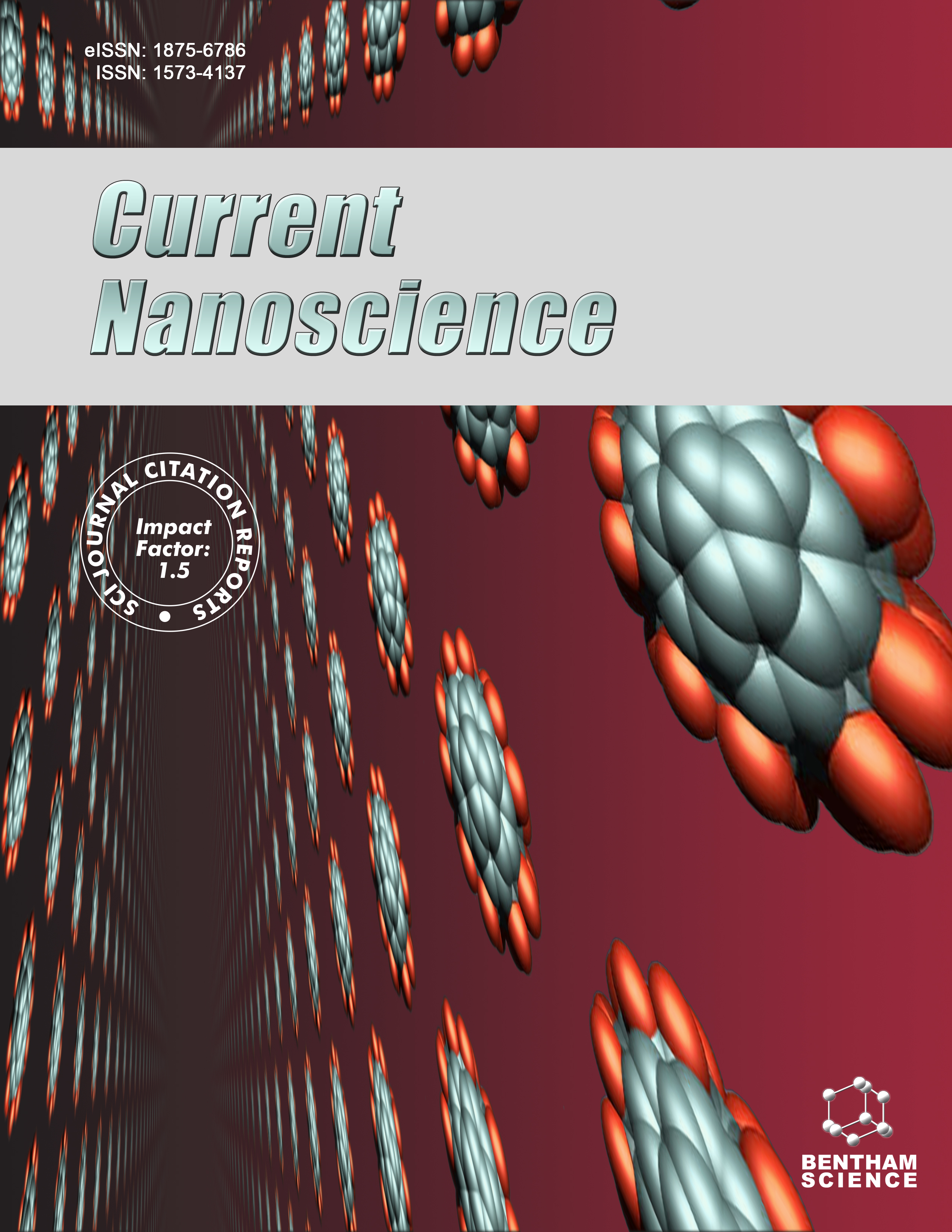
Full text loading...
In our previous studies, we have identified Gsk-3β as a crucial target molecule in response to Danhong injection for cerebral ischemia intervention. Furthermore, it can serve as a molecular imaging probe for medical diagnosis. Bacterial magnetic particles (BMPs), synthesized by magnetotactic bacteria, are regarded as excellent natural nanocarriers.
In this study, we utilized biological modification and chemical crosslinking techniques to produce a multifunctional BMP known as “RVG29-BMP-FA-Gsk-3β-Ab”, which exhibits both magnetic properties and brain-targeting capabilities. Then, a combination of analytical techniques was used to characterize the properties of the multifunctional BMPs. Finally, we evaluated the cell targeting ability of the RVG29-BMP-FA-Gsk-3β-Ab.
The multifunctional BMPs were observed to possess uniform size and shape using TEM analysis, with a particle size of 70.1±7.33 nm. Zeta potential analysis revealed that the nanoparticles exhibited a regular and non-aggregative distribution of particle sizes. Relative fluorescence intensity results demonstrated that the complex of 1 mg of RVG29-BMP-FA-Gsk-3β-Ab could bind to FITC-RVG29 polypeptide at a concentration of 2189.5 nM. Cell viability analysis indicated its high biocompatibility and minimal cytotoxicity. The RVG29-BMP-FA-Gsk-3β-Ab was observed to possess active targeting towards neuronal cells and fluorescence imaging capabilities in vitro, as evidenced by fluorescence imaging assays. The complex of RVG29-BMP-FA-Gsk-3β-Ab exhibited favourable properties for early diagnosis and efficacy evaluation of traditional Chinese medicine in treating cerebral ischemia.
This study establishes a fundamental basis for the prospective implementation of multimodal imaging in traditional Chinese medicine for cerebral ischemia.

Article metrics loading...

Full text loading...
References


Data & Media loading...

